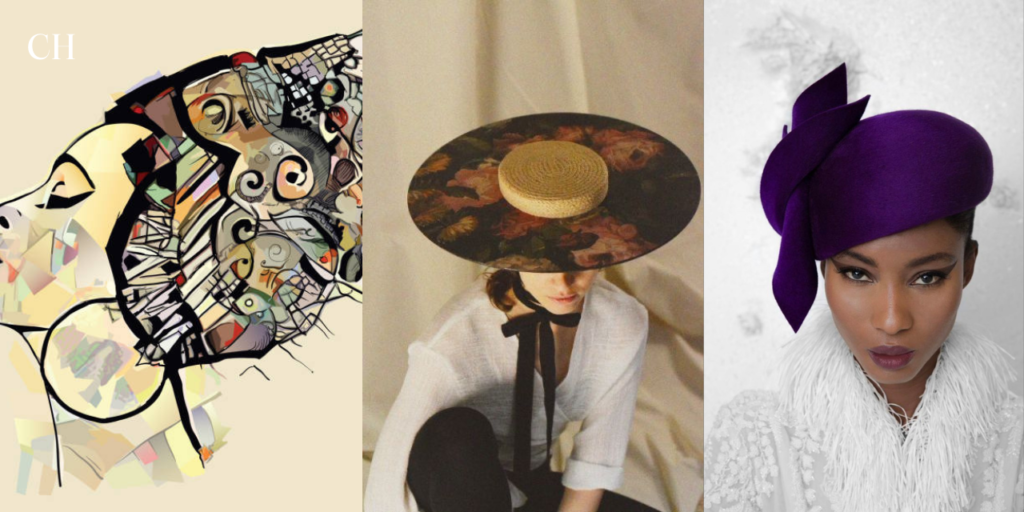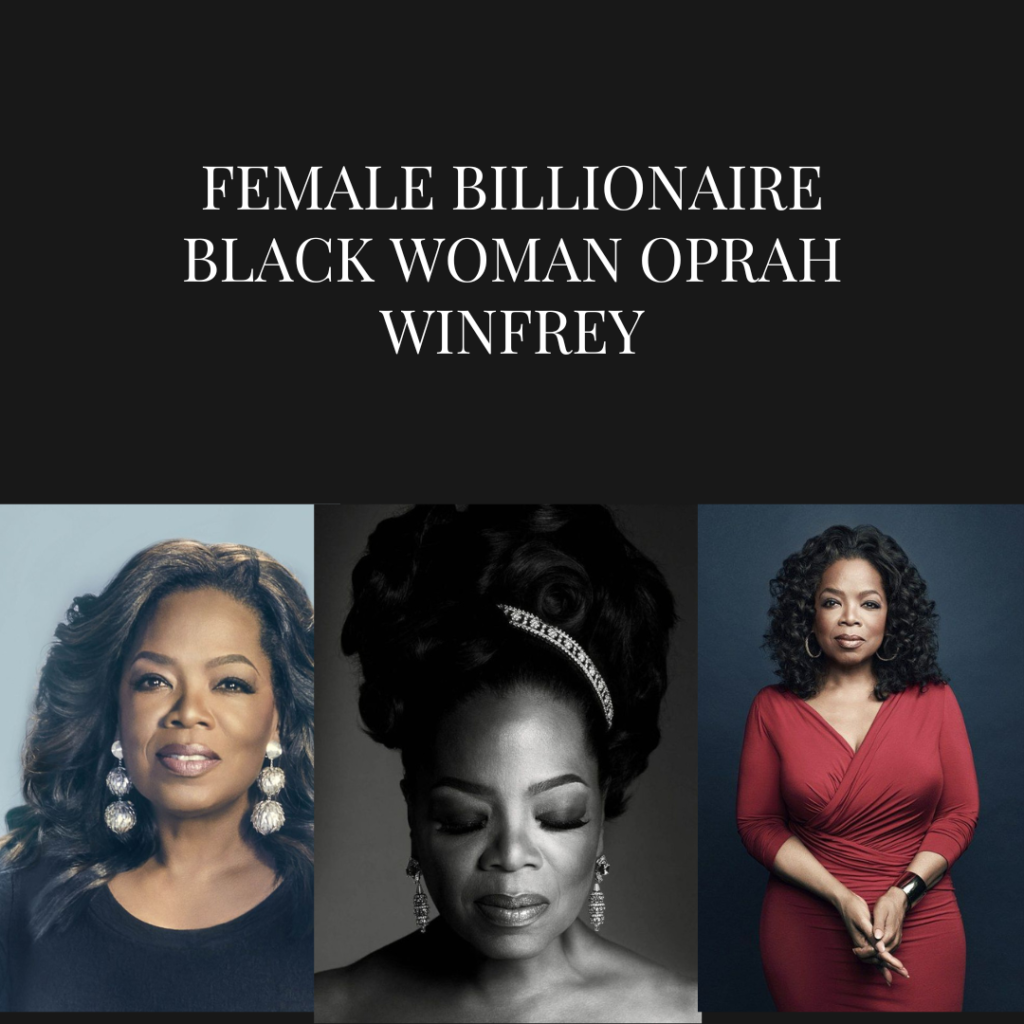
Beauty standards and body image for Black women have been molded by historical, cultural, and societal circumstances, which can provide distinct challenges and complexities. Throughout history, Black women have been subjected to Eurocentric beauty norms that value lighter complexion, straighter hair, and thinner bodies, sustaining a beauty standard that excludes many of them.
Historical Context:
The heritage of colonialism and slavery has had a significant impact on Black women’s beauty standards. During slavery, Eurocentric features were exalted, resulting in the degradation of Black features. Lighter-skinned Black women, who were frequently the victims of sexual exploitation during slavery, were sometimes preferred over darker-skinned women, reinforcing colorism among the Black community.
According to National Library of Medicine:
Historically, psychological research on beauty and body image has focused its efforts almost exclusively on women and girls of European descent (Grabe & Hyde, 2006; Hall, 1995). When compared with White women, findings show that African American women reported lower levels of body image dissatisfaction (Gordon, Castro, Sitnikov, & Holm-Denoma, 2010; Lokken, Worthy, Ferraro, & Attmann, 2008), maintain a more favorable view of larger body sizes (Cash & Pruzinsky, 2002; Gordon, Castro, Sitnikov, & Holm-Denoma, 2010), have less concerns about dieting, weight fluctuations, and fear of fatness (Rucker & Cash, 1992), and are less likely to internalize sociocultural standards of beauty (Lokken, Worthy, Ferraro, & Attmann, 2008). Furthermore, Falconer and Neville (2000) found that African American women with bigger body sizes were more likely to be satisfied with specific body areas. Fewer studies report negative body satisfaction among African American women (e.g., Flowers, Levesque, & Fischer, 2012; Porter, Stern, Mazzeo, Evans, & Laver, 2013).
At the beginning of the 20th century, the black press, which included newspapers, general magazines, and women’s magazines, showcased the beauty of black women. As early as the 1890s, black communities organized beauty contests that celebrated black women’s beauty and served as fora for debating definitions of black beauty. Still, generally, but not always, the black press and black women’s beauty pageants favored women with lighter skin tones, and many cosmetics firms that marketed to black women sold skin lighteners. The favoring of light skin was nonetheless debated and contested within black communities, especially during periods of heightened black political activism. In the 1910s and 1920s and later in the 1960s and 1970s, social movements fostered critiques of black aesthetics and beauty practices deemed Eurocentric.
By AMERICAN HISTORY
Media Representation:
The mainstream media has long promoted restricted beauty standards that frequently fail to reflect the diversity of Black women. Magazine covers, ads, and television shows frequently showcase Black women who follow Eurocentric beauty standards, perpetuating the notion that lighter complexion, straighter hair, and slimmer bodies are more attractive.
Hair Politics:
The politics of Black women’s hair are an important part of beauty standards. Natural Black hair, such as afros, braids, and twists, has frequently been stigmatized or considered unprofessional in particular circumstances. Many Black women have felt pressured to conform to Eurocentric hair norms by using chemical straighteners or wearing wigs and weaves.
According to the feminist wire:
A conversation about hair cannot be divorced from integrated understandings of the body: racialized, classed and gendered bodies, with adornments, perceptions of beauty, and contextual analyses of place and time. Performances are necessarily political, raced and classed. Perhaps understanding contextualized performances may enable us to better understand why and how we do what we do and even further exercize our agencies through this lens. This is an important starting point, as too often attempts are made to isolate and make singular our existence; black, queer, female, poor, disabled, whatever the ‘defining’ criteria at the time. We have to fight against this actively and collectively
Body Image:
Black women also face cultural pressures about physical shape and size. While mainstream media typically emphasizes thinness as the ideal, Black women’s bodies are frequently idolized for their curves. However, this can result in false expectations or objectification.
According to National Library of Medicine:
Body image and beauty among African American women can only be truly understood within a framework of interlocking systems of “isms” – (e.g., racism, sexism, classism, heterosexism). According to Black feminist theory, the devaluation of US Black women is rooted the institution of American slavery. Black women’s bodies were routinely violated for others profit and pleasure without recourse or protection. During the slave era negative, controlling images of Black women emerged (hooks, 1992; Collins 1990; 2000; Mama, 1995). Black women were viewed as hypersexual Jezebels (or Sapphires) deserving of sexual exploitation or as breeder women lawfully usable for populating owner’s plantations with new slave stock or for the generation revenues.
In the past and still today, Black women’s bodies and beauty have largely been devalued and rejected by mainstream culture, which overvalues the European aesthetic and undervalues the esthetic of other racial/ethnic group with of exception of exoticizing them (Banks, 2000). The U.S. puts a premium on “fair” white skin, blue eyes and straight, long, blond hair and considers these features the epitome of beauty. Features more akin to the African esthetic are deemed ugly, undesirable and less feminine. The notion that Black women are less attractive is a message that is transmitted daily and from multiple external forces or social institutions (e.g., church, government, business industries, media, and family/peer groups).
Resistance and Resilience:
Despite these hurdles, many Black women have recovered their beauty standards and accepted their inherent features. The rise of social media and platforms such as #BlackGirlMagic celebrates Black women’s uniqueness and beauty, questioning traditional conventions and encouraging self-acceptance and empowerment.
Intersectionality:
According to the article of Unitarian Universalist by Kyra Bellamy:
Intersectionality. The word was originated by Kimberlé Crenshaw in her 1989 paper where it was used to describe how people can be judged, discriminated against, or conceptualized based on their intersecting identities. These identities include their age, race, class, gender identity, sexual orientation, religion, ability, and other factors. For example, a heterosexual white cisgender woman is treated differently in society compared to a lesbian white cis woman, compared to a heterosexual Black cis woman, compared to a Black trans woman. The discrimination that individuals face comes from more than just one of their identities; it’s the intersection of all of their identities forming the self. The general effects of intersectionality go far beyond white cis women and Black cis women. With every additional marginalized identity someone holds, they are more likely to experience discrimination because of their multiple intersecting marginalized identities.
It is critical to acknowledge how beauty standards and body image concerns interact with other parts of identity, such as race, gender, and class. For example, Black transgender women may suffer increased harassment and pressure to adhere to restrictive beauty standards.
Overall, conversations around Black women’s beauty standards and body image emphasize the need for more representation, inclusivity, and acceptance of varied beauty ideals. Challenging Eurocentric norms and praising the diversity of Black beauty are critical for increasing self-esteem, confidence, and empowerment among Black women.


